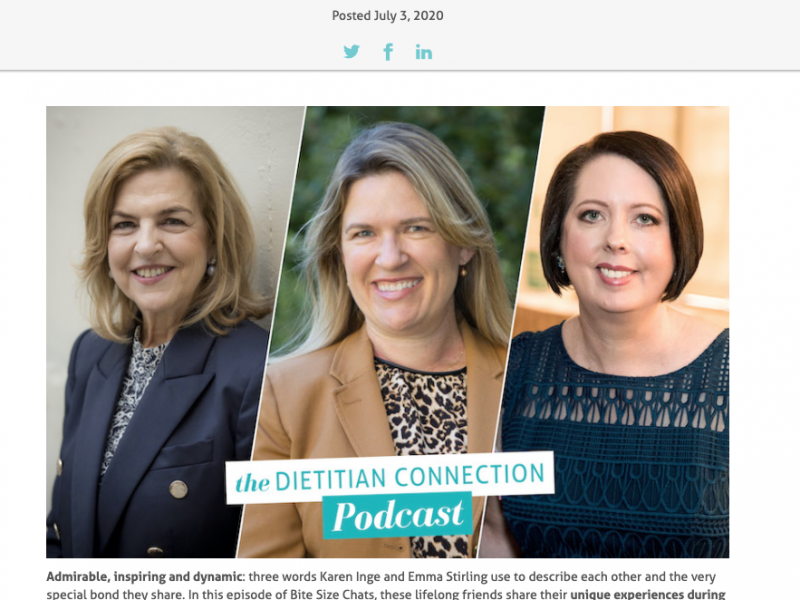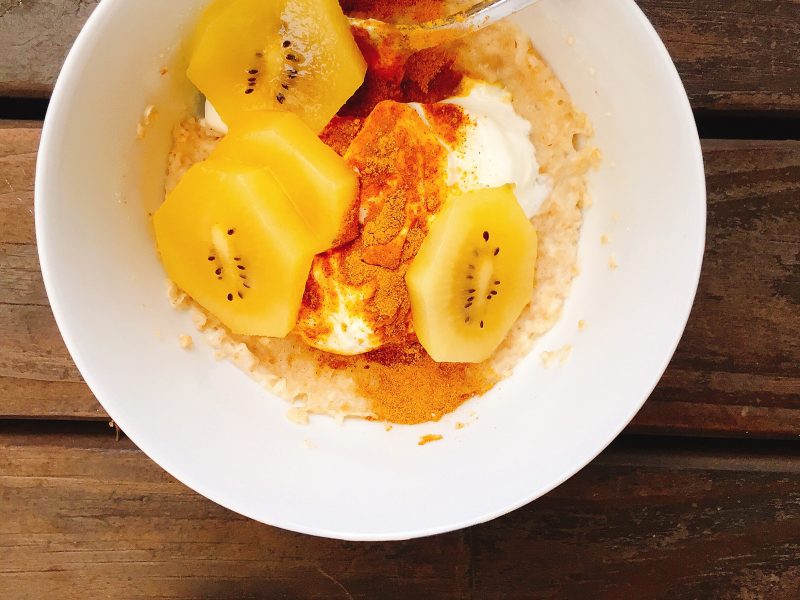This past weekend Melbourne played host to over 200 sports dietitians from all over Australia as well as a few from across the pond. The program was jam-packed and it was great to host Gatorade Sports Science Institute Director Asker Jeukendrup, Louise Burke from the AIS and many other experts. I popped into the public lecture and to run a workshop on Social media and Smart marketing with Adv Sports Dietitian Simone Allen. But our Sub of the Month hit the ground running to bring you this scoop:
About our expert:
Sally Baumann is the current Scoop Sub-of-Month and an APD and Provisional Sports Dietitian from Brisbane. She loves cooking and revamping recipes, being active in the outdoors, coffee in the morning and helping others to live healthy, active lifestyles. Keep up with her on Scoop this month or on Twitter at @sallybaumann.
1) An update on carbohydrate
Carbohydrate recommendations are getting a much-needed facelift, according to Asker Jeukendrup. There is new evidence to support the use of a mouth rinse or small amounts of carbohydrate during exercise bouts lasting around 60 minutes to improve performance. Carbohydrate oxidation for glucose tops out at 60g/hr (the recommendation for 2-3 hour events) but can be increased to 90g/hr when including fructose for ultra-endurance events.

2) Dairy the new “darling” of sports nutrition
Touted as a sports nutrition hero food, dairy products are proving to be a triple threat with fluid and sodium for hydration, carbohydrate for fuel and protein for recovery with the added bonus of calcium for strong bones. Louise Burke from the AIS showed dairy is truly versatile, coming in a range of sizes and flavours whilst being easily accessible and providing wholesome nutrition at a low cost point. Check out the Scoop archived post on milking it like an Olympian.

3) The news on nitrate
Nitrate is “so hot” right now as beet juice has exploded in the market recently. The evidence into nitrate’s ability to preserve power output and improve performance is starting to build. Supplementation in athletes may need to be higher (6-8mmol nitrate: read 2 bottles of Beet-It) and chronic loading may be more successful than an acute dose. It was recommended that supplements should be taken 2-3 hours before exercise to correspond to peak onset. Individual responses have varied, indicating some might not receive benefit from nitrate supplementation.

4) To train high or to train low: That is the question.
There has been heated debate around the pros and cons of training on low muscle glycogen reserves to induce changes in muscle adaptation and metabolism. Training low can increase the body’s ability to use fat as an energy source and help to get “more bang for your buck” out of training. However, there might not be a long-term performance benefit and may hamper the ability to get to your “top gear” in a sprint to the finish. Get detailed insights here in this paper by Louise Burke.
5) Nutrition Education In Athletes: Necessary and Beneficial
I was lucky enough to present my research on using cooking classes and social media to help better athletes’ nutrition knowledge and skills. Although athletes often have “average” knowledge, this can be improved by targeted nutrition intervention after identifying areas to improve on. Social media can broaden your target audience and increase engagement in face-to-face programs, which could produce better outcomes.
Editor’s comment: Thanks Sally! Fantastic wrap up. It was wonderful to see so many people at the public lecture appreciating the expert performance nutrition advice. And great to hear you are loving the field of sports nutrition. Thanks to Mel Jacobsen and the SDA team for hosting a highly professional education conference. Make sure to follow them on Twitter for all the latest and greatest.


